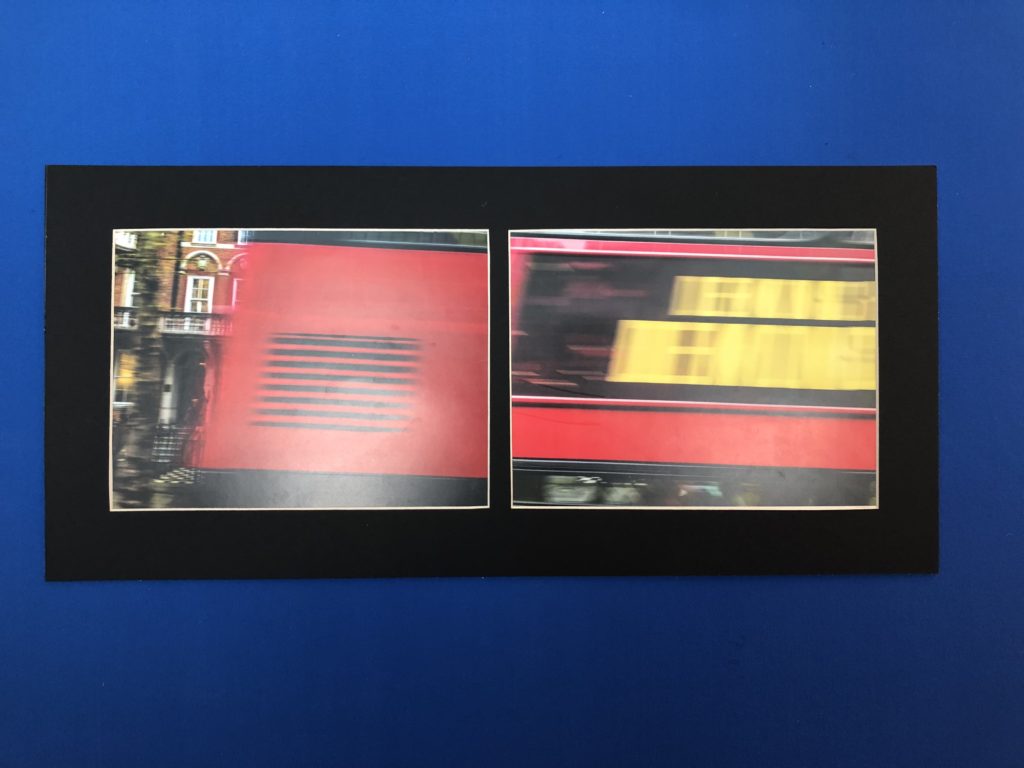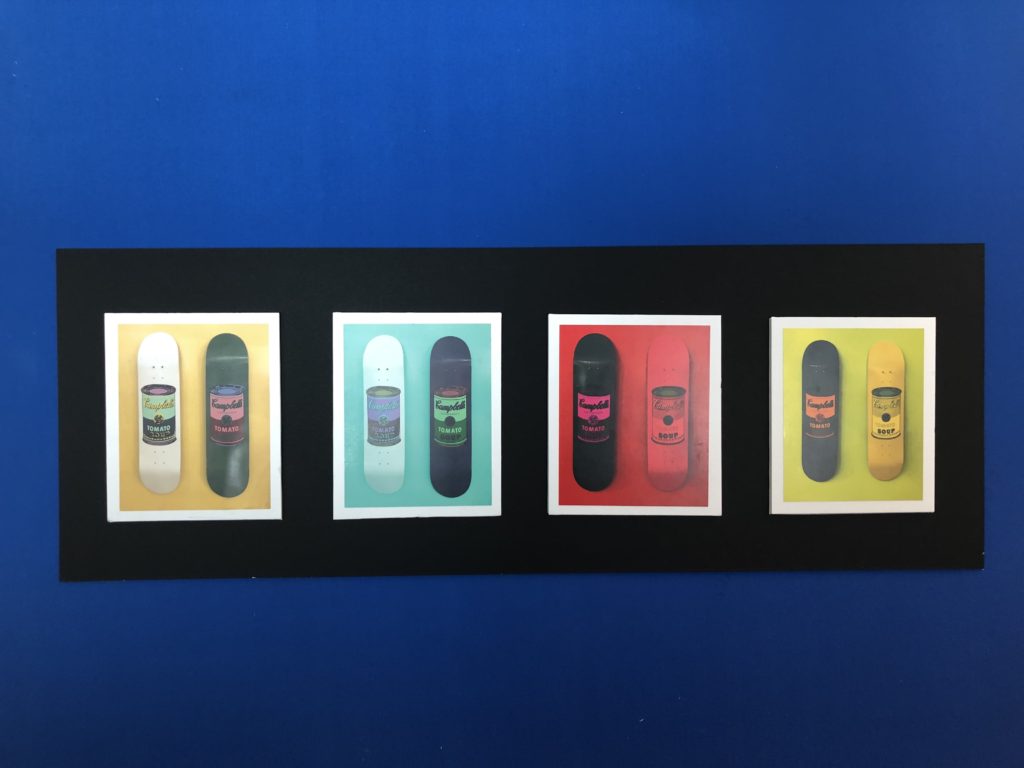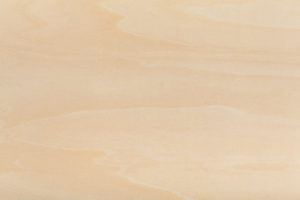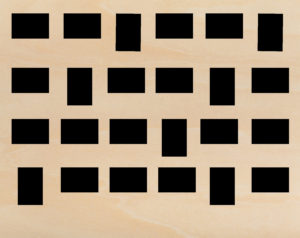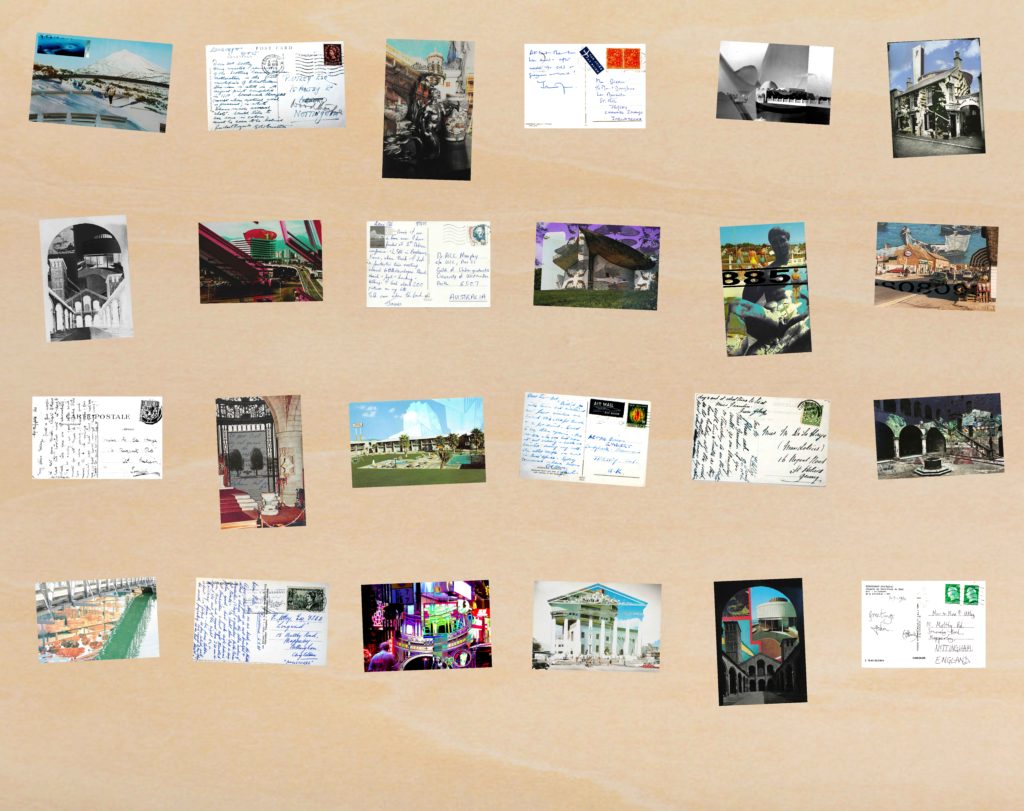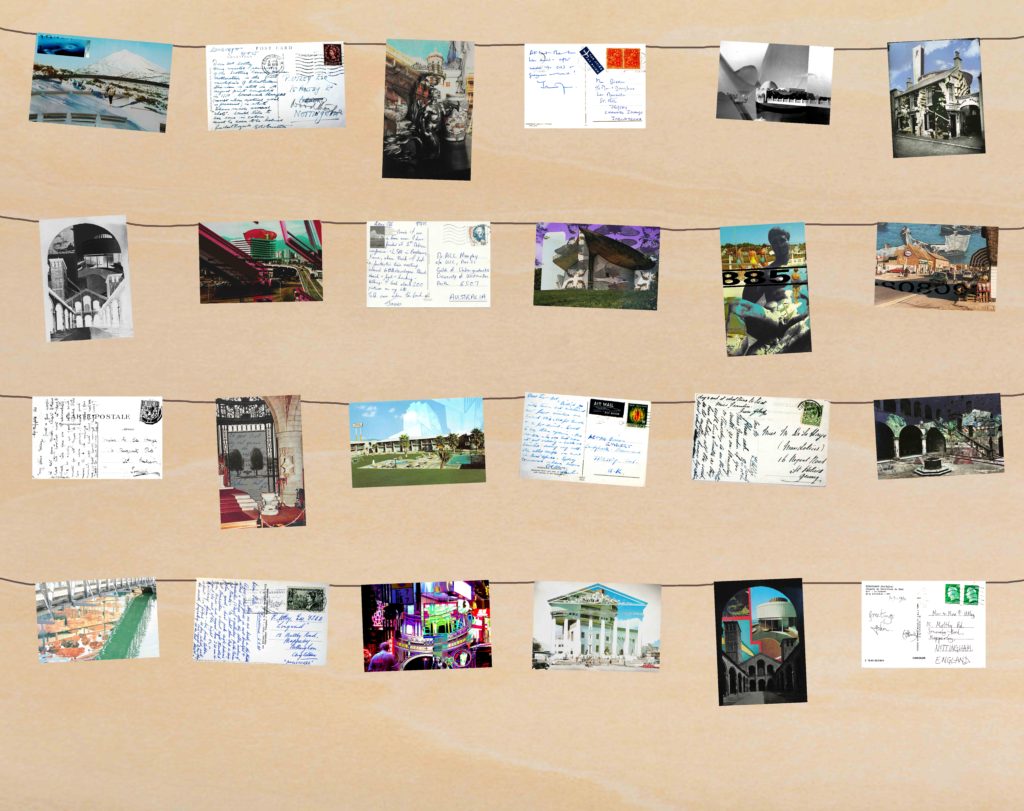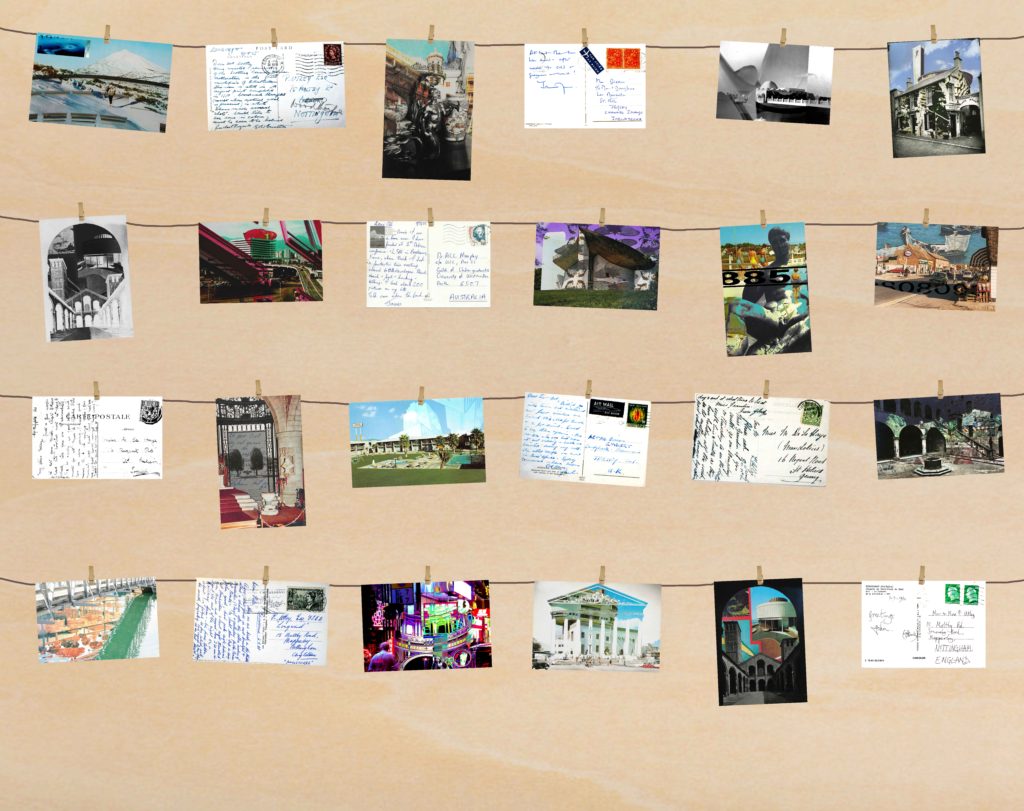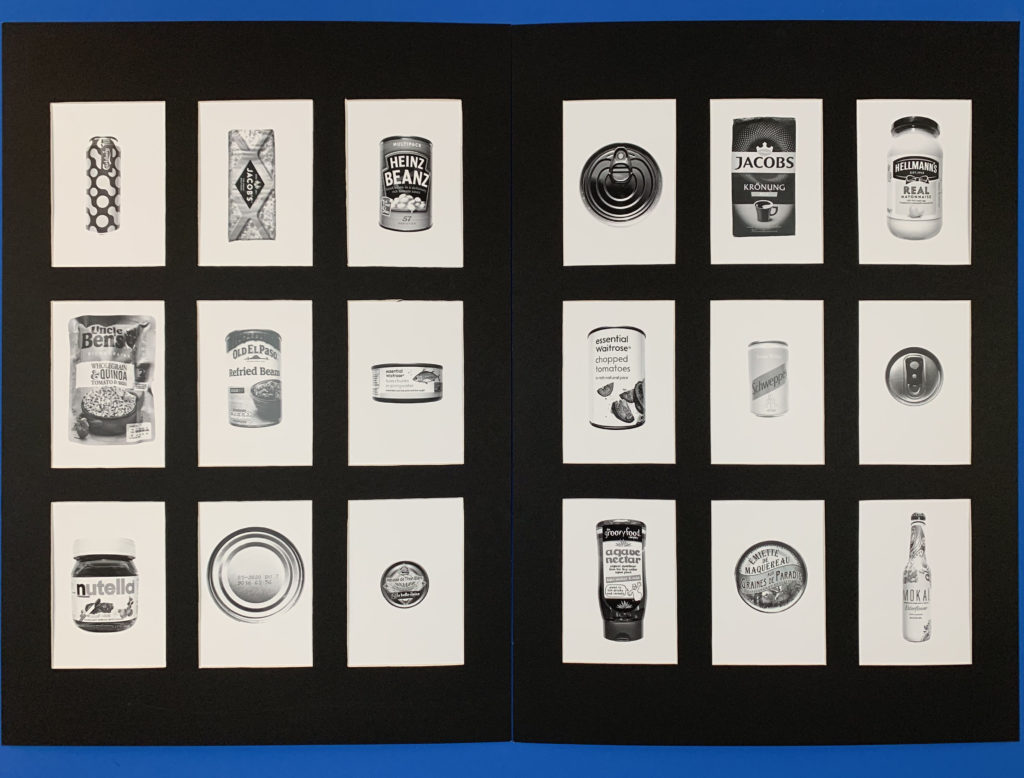Once I had started the developement of my book I decided that I should analyse an image from each theme of the book, this is because of how each image represents the catagories that I am exploring and the processes I have gone through to produce the desired outcomes. By doing this it would allow me to have a better understanding of how I should compose my books, as if I go about changing the layout in the futureit could give me ideas of how the different areas within each book could look through this change. Here are my chosen images:
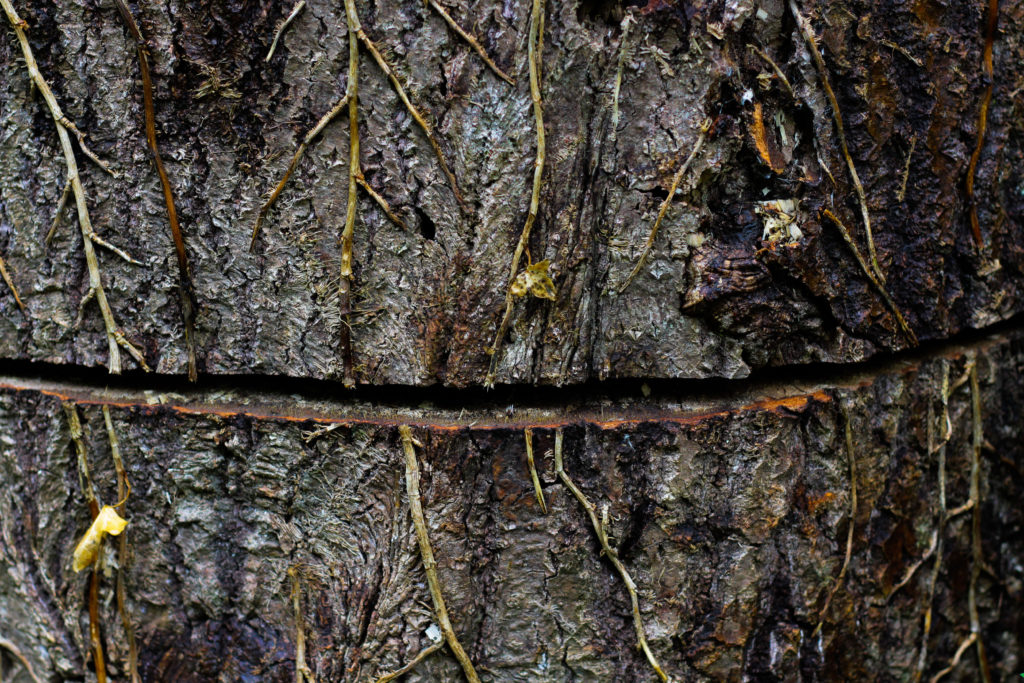
Abstraction through Texture: For this theme within my book I had wanted to particularly look at the surface texture of things such as trees, water and plants. When photographing the subjects I always took into consideration the structure of what I was looking at, examples of the consist of the image above where I would make sure the grain or any abnormalities within the subject was photographed in a way that reflected symmetry generally facing the opposite direction of the overall movement of the rest of the photo. To accompany this I have been looking at the topic of colour as well in textures and how the area that is photographed can often reflect what type of environment it was taken in and the textures you would see whilst walking through that specific area. When putting together my book I will be making sure that the images have a smooth transitioning between the colours so that it prevents the book from being jumpy and having an uncoordinated structure.
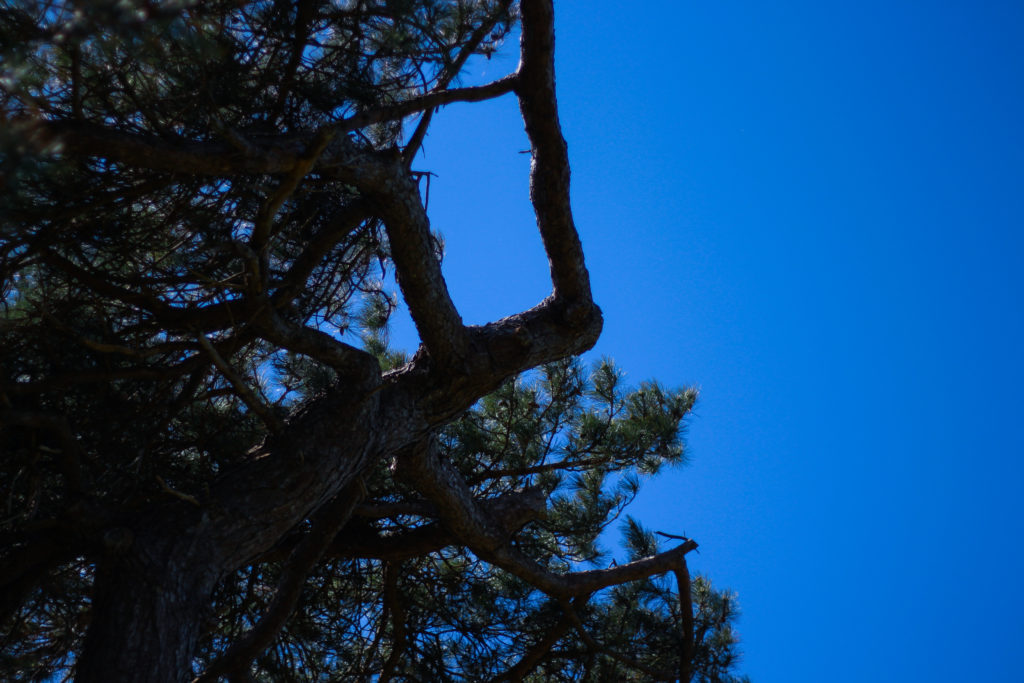
Abstraction through Colour: This was one of my favourite themes to photograph because of the use of in camera settings to create the desired results wanted from the topic. Composition is a huge element of this section due to how the simplicity of much of the imagery produced requires a unique perspective in order to portray them in a way that interests the viewer and draws them in. To do much of this I have been basing my compositions in the book around the idea of transitioning between the intensity of the certain colour present in each photo, in the case of the one above it being blue. By doing this in the book it prevents the order seeming like a splatter of colours jumping from yellow to blue immediately, instead allowing it to start merging into the next like a slideshow. Much like texture I wanted the viewer to experience a unique perspective of how the environment could be viewed, however instead of isolating the subject like the other two themes I have chosen to look at the entire landscape so that the viewer gets an overall impression of what has been created.

Abstraction through Pattern: Regarding the theme of pattern this was probably the most intensive theme due to the amount of experimentation that was required to create the results I wanted. Within the book I have grouped together the images that I thought used similar techniques to produce them such as aperture and monochrome like the one above. Through the use of this it allowed a greater emphasis of whites in particular, presenting the outcomes as more pure than the reality it’s in whilst highlighting the patterns inside each. Much like the theme of texture I really wanted to explore the form of the subjects photographing, and made sure to photograph the patterns in a way in which captured movement and the beauty that could be seen. The reason I chose to photograph this subject using a monochrome filter was that it was hard to capture pattern to its full effectiveness without removing all aspects of colour, reducing it to shades and preventing the viewers from becoming distracted by other contrasting aspects.

